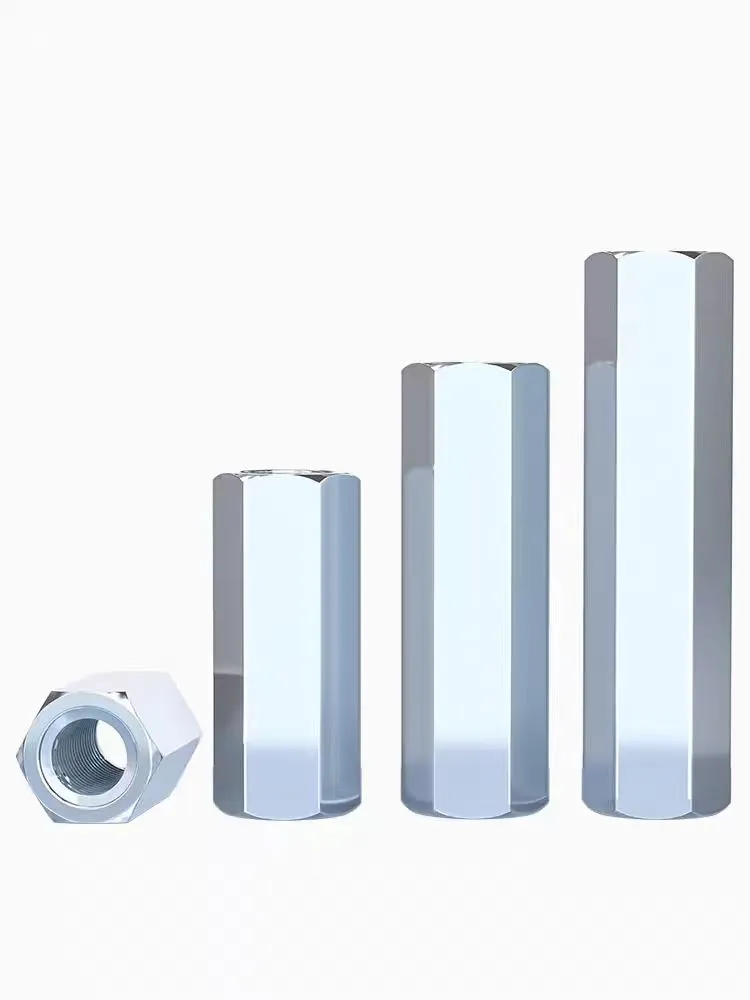

types of nut bolt
Okt . 14, 2024 01:49 Back to list
types of nut bolt
Understanding the Different Types of Nuts and Bolts
When it comes to assembling objects, whether in construction, automotive repair, or even simple DIY projects at home, nuts and bolts play a crucial role. These essential fasteners come in various shapes and sizes, each designed for specific applications. Understanding the different types of nuts and bolts can help you choose the right ones for your projects and ensure safety and durability.
What are Nuts and Bolts?
A bolt is a type of fastener that is characterized by its smooth cylindrical shaft and a head, with external threads that allow a nut to be screwed onto it. Nuts are typically hexagonal (though they can be other shapes) and feature internal threads that correspond to the external threads on a bolt. Together, they provide a strong and secure joint between two or more materials.
Types of Bolts
1. Hex Bolt One of the most common types of bolts, hex bolts have a hexagonal head and are designed to be used with a nut or within a tapped hole. They are typically used in general construction and fastening applications.
2. Carriage Bolt Characterized by a rounded head and a square neck, carriage bolts are designed to be inserted through an unthreaded hole and prevent rotation once installed. They are commonly used in woodworking and metal applications.
3. Lag Bolt Also known as lag screws, these heavy-duty bolts have a large diameter and are used primarily in wood applications. Unlike typical bolts, they are installed using a wrench and provide strong, reliable fastening.
4. Shoulder Bolt This type features a non-threaded shoulder and is used in applications where the space between parts must be controlled. They are often employed in machinery and automotive parts.
5. Eye Bolt With a loop or eye at one end, eye bolts are used for lifting and securing applications. They can be permanently mounted or temporary and are widely used in rigging and hoisting.
types of nut bolt

Types of Nuts
1. Hex Nut The most common type of nut, hex nuts are used with hex bolts. They come in various grades and materials, providing versatility for different applications.
2. Lock Nut Designed to resist loosening due to vibrations, lock nuts come in various styles, including nylon insert lock nuts and serrated flange lock nuts. They are essential in high-vibration scenarios, such as automotive or machinery applications.
3. Wing Nut Featuring two wings that allow for hand tightening, wing nuts are used in applications where frequent adjustments are needed. They are commonly found in furniture assembly and temporary structures.
4. Cap Nut Also known as acorn nuts, cap nuts have a dome-shaped top that provides a finished look while also protecting the exposed threads of the bolt from damage and corrosion.
5. T-Nut Used primarily in woodworking, T-nuts feature prongs that secure them to the wood when installed. They allow for a strong connection between the wood and machines, making them popular in furniture manufacturing.
Choosing the Right Fastener
When selecting nuts and bolts for a project, it is essential to consider factors such as the material of the objects being fastened, the intended load, and environmental conditions. For example, stainless steel fasteners are excellent for outdoor use due to their resistance to rust and corrosion, while coated bolts may be more appropriate for certain aesthetic preferences.
In conclusion, the various types of nuts and bolts serve specific roles in ensuring the integrity and longevity of constructions and machines. By understanding their differences, you can make informed choices tailored to your project's requirements, leading to successful outcomes that stand the test of time. Whether you are a seasoned professional or a DIY enthusiast, having a solid grasp of fasteners is key to achieving structural reliability.
Latest news
-
Hot Dip Galvanized Bolts-About LongZe|High Strength, Corrosion Resistance
NewsJul.30,2025
-
High-Strength Hot Dip Galvanized Bolts - Hebei Longze | Corrosion Resistance, Customization
NewsJul.30,2025
-
Hot Dip Galvanized Bolts-Hebei Longze|Corrosion Resistance&High Strength
NewsJul.30,2025
-
High-Strength Hot-Dip Galvanized Bolts-Hebei Longze|Corrosion Resistance&High Strength
NewsJul.30,2025
-
Hot Dip Galvanized Bolts-Hebei Longze|Corrosion Resistance&High Strength
NewsJul.30,2025
-
Hot Dip Galvanized Bolts - Hebei Longze | Corrosion Resistance, High Strength
NewsJul.30,2025

